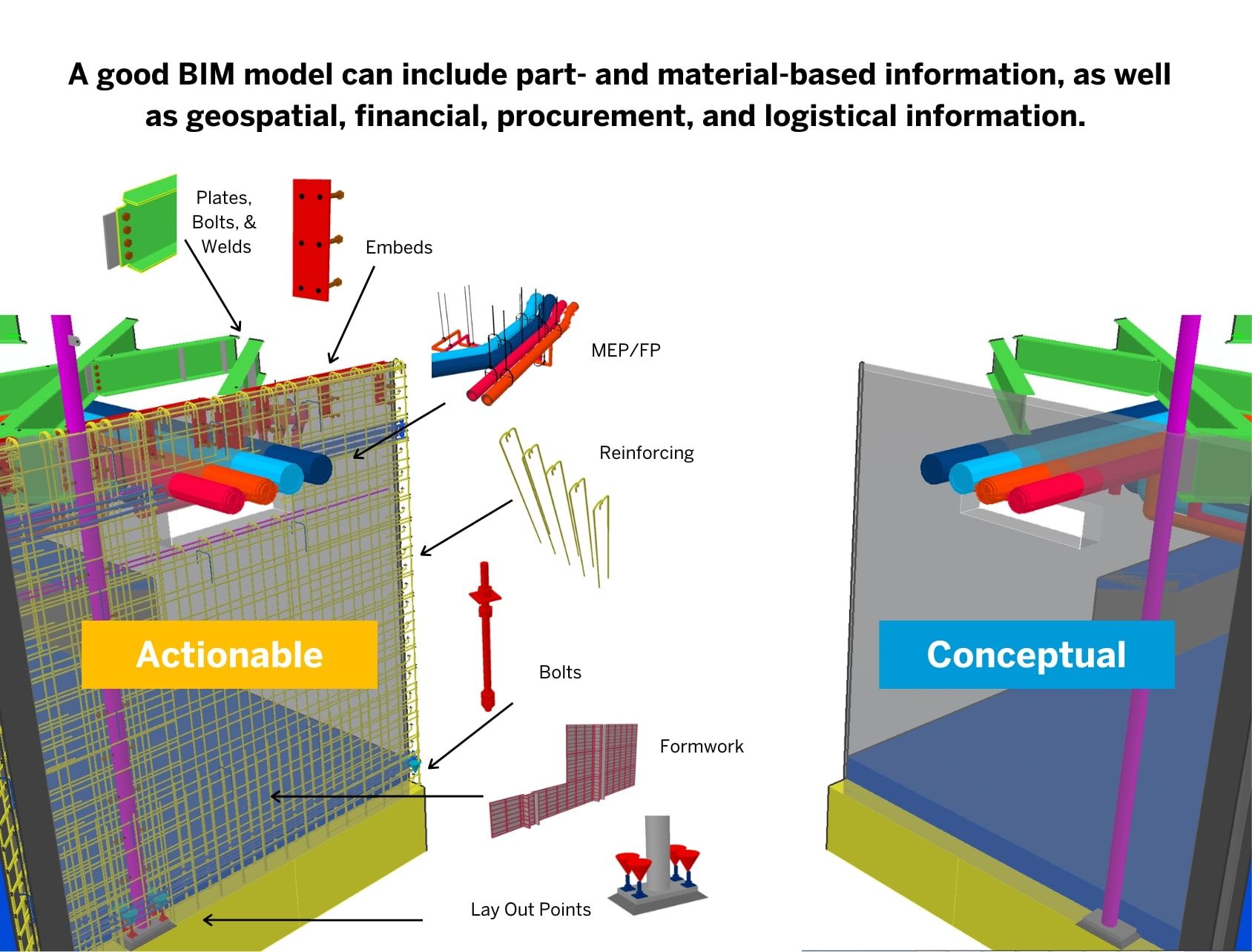Join thousands of people who organise
work and life with Novatr.
The 6 Challenges of Implementing BIM Faced by the AEC Industry
Thet Hnin Su Aung
6.5 mins read
May 17
The 6 Common BIM Implementation Challenges
1. No standardised mandates for BIM

BIM mandates implementation map (Source: https://blog.parametricos.com/)
What are mandates? Simply put, they are government policies dictated for a requirement. BIM mandates require its implementation in projects. To this day, only a few countries have BIM mandates, and even then they are not strict or required for all project types. Furthermore, most, if not all, are developed nations where training for BIM is more readily available.
As it is not mandatory, the demand from clients of smaller projects or organisations has been low, hence a challenge for an orderly uptake of BIM. The map above shows the countries with BIM implementation at different levels.
2. BIM is not a part of many Architecture and Engineering curriculums
The unfortunate truth is that BIM has not been extensively taught as part of the curriculum, especially during undergraduate studies. Only the basics are covered, any more than that is rare. Undergraduate students may be familiar with software like Revit and may have used it for their coursework. But let it be clear that Revit is not BIM; it is just a tool with and for BIM technology.
Creating 3D models in Revit may be what these students know, and for real-life BIM applications, that is just the beginning. Masters courses on BIM are available in some institutes, but the learning cost can be high depending on the location. They may even have to go abroad to get master's degrees in BIM, adding more to the financial burden.
3. Lack of trained professionals in the BIM industry

(Source: https://dribbble.com/)
As the graduates enter the professional field with insufficient knowledge of BIM, they could struggle to meet the expectations at work. Many firms have also complained there is a lack of skilled professionals. The aftermath is an inefficient workflow with errors and profit loss. Such BIM challenges can make the firms even more hesitant to train existing staff or hire those with skills due to the misconception that BIM technology (or other digital practices) is difficult and inefficient to adopt.

4. The unwillingness of all stakeholders in BIM adoption

(Source: https://damassets.autodesk.net/)
As the need to train the existing employees or hire BIM educated professionals overwhelms, BIM implementation becomes seen as an expense rather than an investment. Most of these firms would not even realise it would have a high ROI (return on investment).
Another reason for the hesitation is that along with the implementation comes the necessary change in operation. Therefore, rather than investing in training or hiring, the firms stick to the more traditional methods.
The gap between the skilled and the unskilled becomes noticeable, adding to the reluctance. If one stakeholder utilises BIM while a few others do not, the level of collaboration is ineffective. It may be adopted in the later stages of design. However, BIM’s power shines bright right from the beginning, even being able to aid in surveying.
5. Lack of awareness of BIM’s full potential
The common misconception is that BIM can only be implemented at larger organisations and large projects. Smaller firms think it is either not applicable or inappropriate for their typical workload. BIM does need more attention when it comes to detailing. However, this will be beneficial in the long run, a fact perhaps not considered.
Moreover, the construction and real estate sectors are not assimilated to the recent digital practices, both in non-BIM and BIM industries. Even architecture schools have not stayed up to date with them.

BIM model parts and information (Source: https://constructible.trimble.com/)
6. Too many details required at the initial stages of the project
BIM models require detailed modelling to a great extent; it is only natural since the ‘I’ in BIM stands for information. It is an advantage of using BIM where all the parameters and information of any part of the model is ready for further analysis, design, quantification and calculations.
However, this also means that the model must be created with all this information included to make use of them afterwards. As such, it takes much effort and time to construct a BIM model with all the necessary details. To some AEC professionals, it may seem redundant as they may have to work on parts they would not need later on, and so considered a waste of time.
Such BIM challenges are understandable. The probable main reason is that with the implementation comes the drastic change to the workflow known and practised for years. Rather than a rejection of new technological practices, it is the uncertainty and concern that the unskilled employees may not be able to handle the new changes.
Nevertheless, the digitalization in the AEC industry is happening and will only continue; especially for BIM technology, as we all know how many advantages its application has for the industry. Thus, the need to upskill is becoming inevitable for all professionals to keep up with the growing trends.
Novatr’s BIM Professional Course works towards overcoming the challenges faced in BIM implementation by helping learners ready for real-world practice. Join us now and be one step closer to becoming a BIM expert! Check out our Resources page to get more knowledge on BIM!

Join 100,000 designers who read us every month


